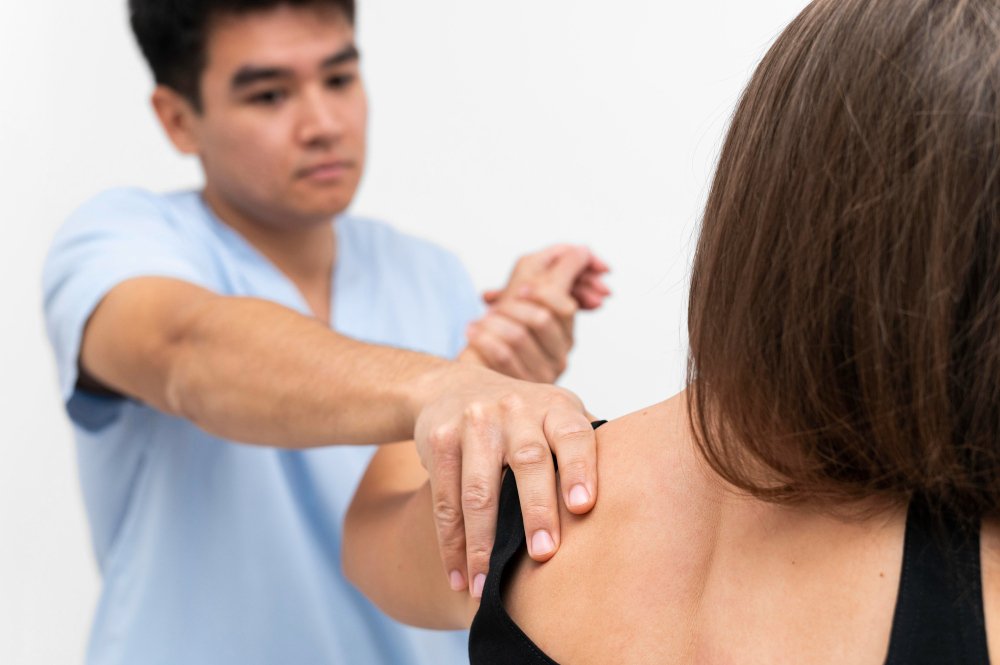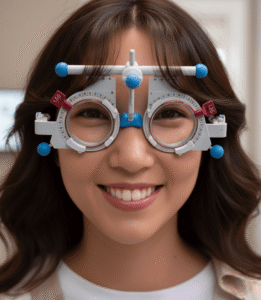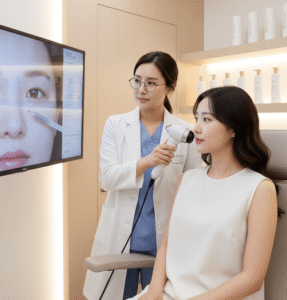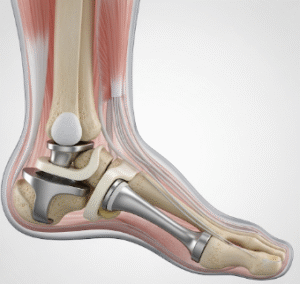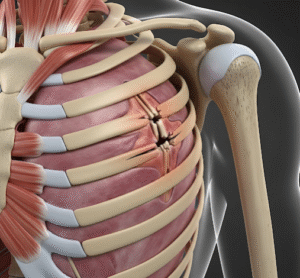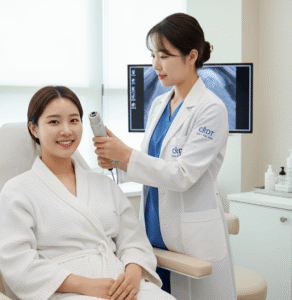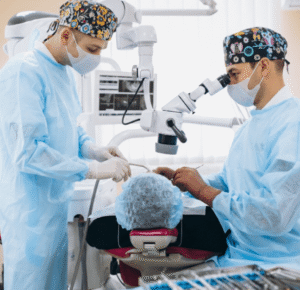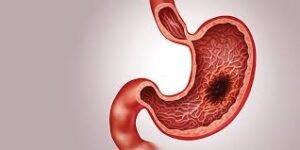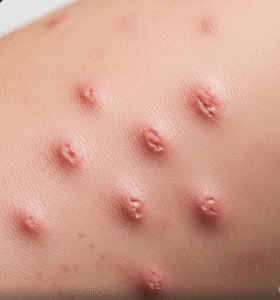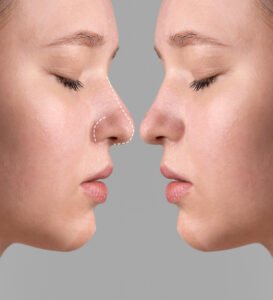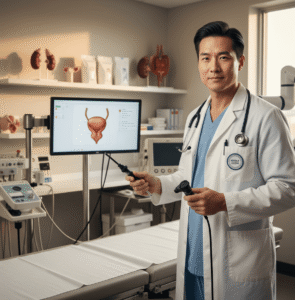What It Is
Dorsal hump reduction is a surgical procedure aimed at removing or reshaping a bump on the bridge of the nose, commonly called a “dorsal hump.” This procedure improves nasal profile, creating a smoother, more balanced appearance. The dorsal hump may consist of cartilage, bone, or a combination of both.
Why It’s Done
Patients typically choose this procedure for cosmetic reasons, to achieve a straighter nasal profile and improve facial harmony. It can also be performed to correct breathing difficulties caused by structural nasal abnormalities. Ideal candidates are adults with fully developed noses seeking aesthetic enhancement or functional correction.
Alternatives
Non-surgical alternatives include dermal fillers to camouflage minor dorsal humps, creating a temporary straightened appearance. However, these are not permanent solutions and do not address underlying bone or cartilage irregularities. Surgical reduction remains the most effective and lasting method.
Preparation
Preparation involves a comprehensive consultation and facial analysis with a Korean rhinoplasty specialist. Surgeons may take photographs and use 3D imaging to plan the procedure. Patients are advised to avoid smoking, alcohol, and certain medications that can increase bleeding. Blood tests and preoperative evaluations may be required.
How It’s Done
Dorsal hump reduction is usually performed under general anesthesia or local anesthesia with sedation. The surgeon carefully removes or reshapes the cartilage and bone causing the hump, often using precise surgical instruments. The procedure can be combined with other rhinoplasty techniques such as tip refinement or septoplasty. Surgery typically lasts 1–2 hours and may be outpatient or require short hospitalization.
Recovery
Postoperative recovery includes swelling and bruising management, wearing a nasal splint for support, and avoiding physical strain for several weeks. Sutures and splints are usually removed within 7–10 days. Patients can return to normal daily activities gradually, with final results becoming fully apparent after 3–6 months.
Possible Complications
Complications are rare but may include asymmetry, persistent swelling, infection, bleeding, or dissatisfaction with shape. Revision surgery may be necessary in some cases. Choosing an experienced Korean surgeon minimizes these risks.
Treatment Options in Korea
Diagnosis
Korean surgeons perform a detailed nasal assessment, including physical examination, photographs, and sometimes CT scans to evaluate bone and cartilage structure for optimal planning.
Medical Treatments
Non-surgical options are limited to temporary camouflage with fillers or minor contouring for patients unwilling to undergo surgery.
Surgical or Advanced Therapies
Korean clinics offer advanced rhinoplasty techniques for dorsal hump reduction, utilizing precision instruments, ultrasonic rasps, and minimally invasive approaches to ensure natural and symmetrical results.
Rehabilitation and Support
Recovery programs in Korea include postoperative monitoring, splint care, swelling management, and follow-up consultations. International patients benefit from coordinated care, accommodation support, and language assistance.

